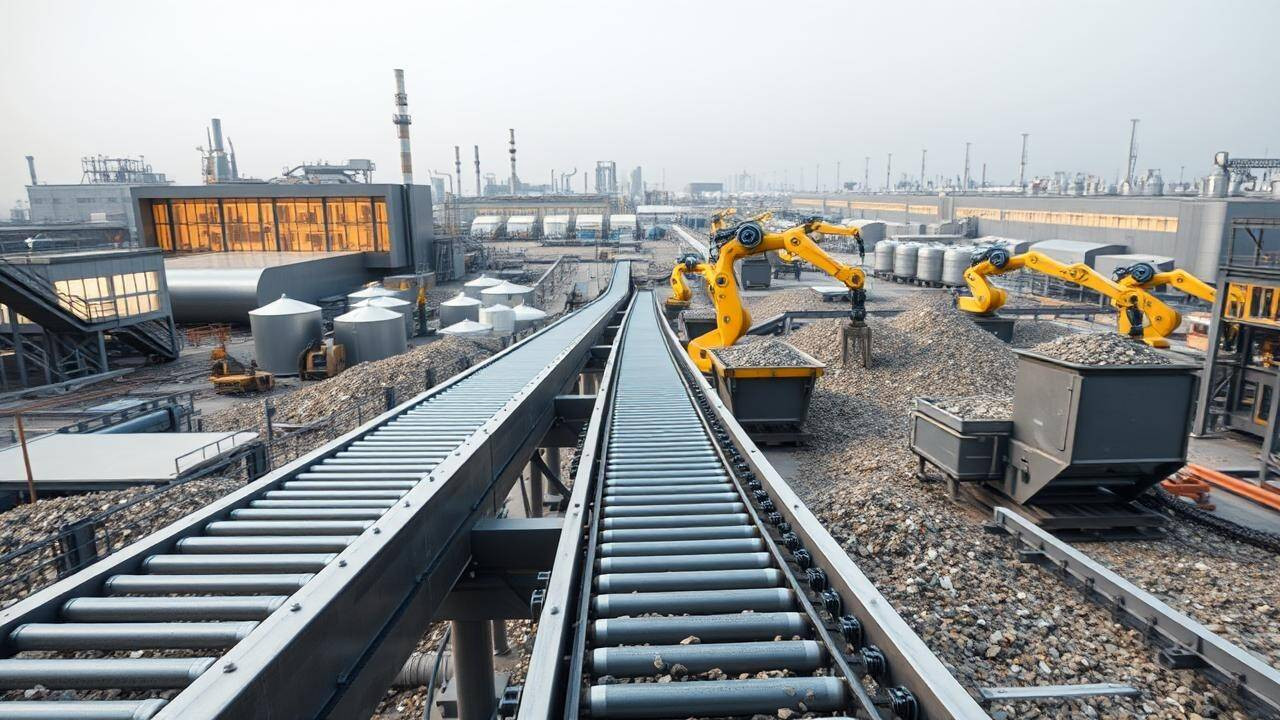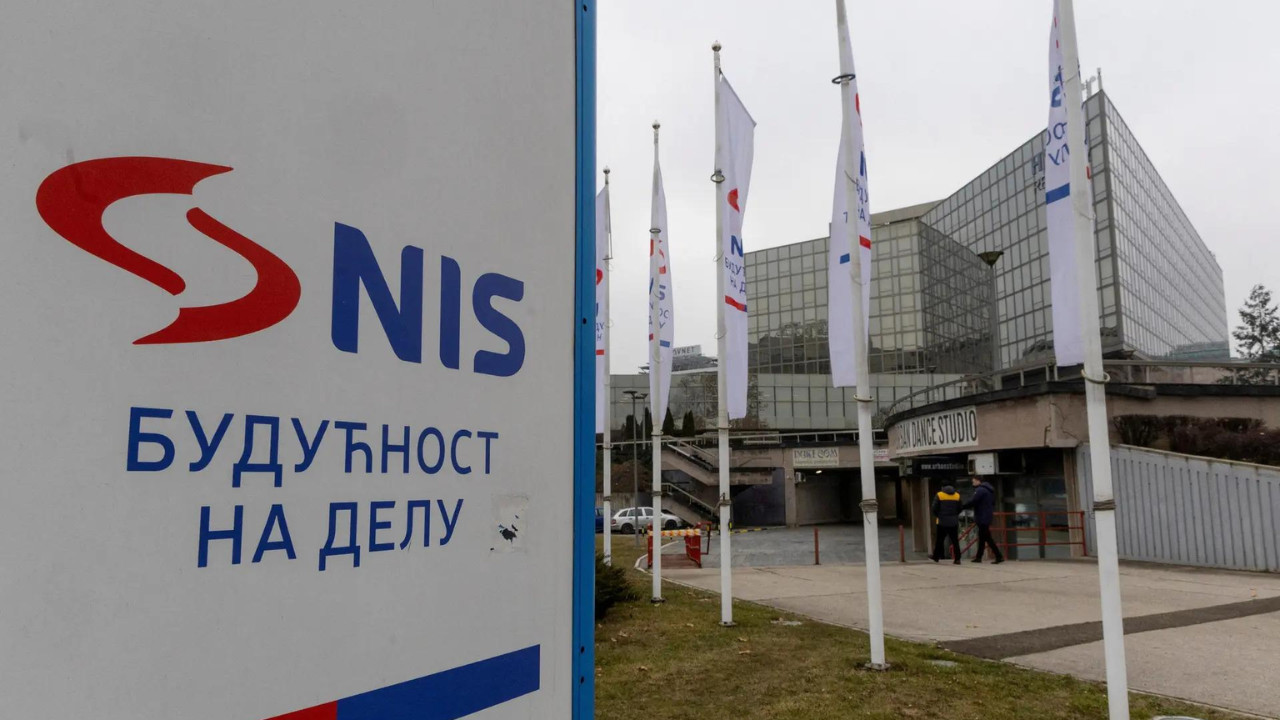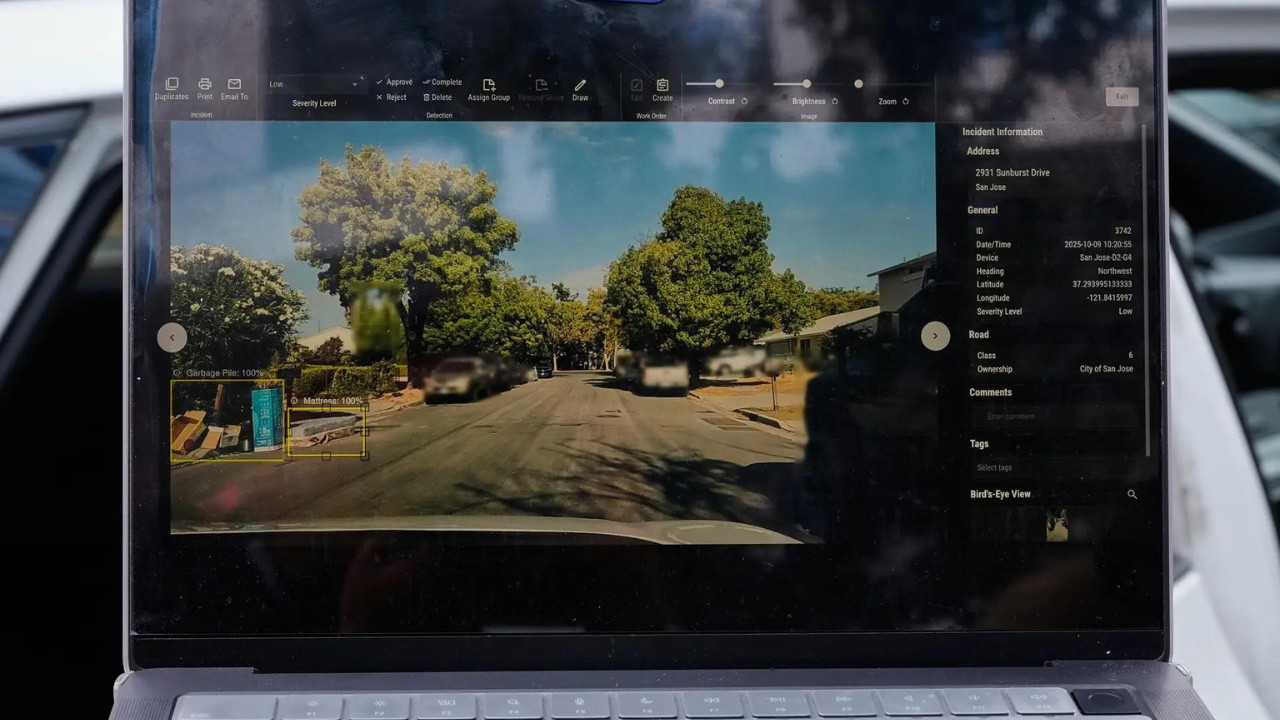Experts at a Chennai conference urged India to boost rare-earth material development through wider collaboration with friendly nations like Japan, the US, and the UK. While acknowledging significant deposits in states like Tamil Nadu and Kerala, they stressed the urgent need to build processing, refining, and recycling capabilities to create a self-reliant ecosystem for strategic industries.
India’s Rare Earths Ambition: Carving a Path to Global Relevance
The world is waking up to the crucial role rare earth elements play in shaping our future. These seemingly obscure minerals are the unsung heroes powering everything from smartphones and electric vehicles to wind turbines and advanced defense systems. With global demand skyrocketing, India finds itself at a pivotal moment. Can it leverage its own rare earth resources to become a significant player in this high-stakes game?
The answer, it seems, lies not just in digging up the materials, but in strategically building partnerships and fostering a robust domestic refining ecosystem.
Why Rare Earths Matter

Rare earth elements (REEs) aren’t actually that rare, geologically speaking. The term refers to a group of 17 metallic elements with similar chemical properties, making them difficult to separate. Their unique magnetic and catalytic properties make them indispensable for a plethora of modern technologies. Think of neodymium in your headphones, europium in your TV screen, or dysprosium in the magnets of an electric car. Our reliance on these elements is only going to deepen as we transition to a greener and more technologically advanced world.
India’s Untapped Potential
India possesses significant deposits of rare earths, particularly monazite sands along its coastline. These sands contain valuable REEs, including cerium, lanthanum, and neodymium. However, simply possessing these resources isn’t enough. The challenge lies in the complex and often environmentally challenging process of extracting and refining them.
Currently, China dominates the global rare earth market, controlling a vast majority of both mining and processing. This dominance creates a vulnerability for other nations, including India, which are heavily reliant on China for their REE needs. To ensure its economic and strategic autonomy, India needs to develop its own comprehensive rare earth industry.
The Partnership Imperative
Building a successful rare earth industry from the ground up requires expertise, technology, and significant investment. That’s where strategic partnerships come into play. Collaborating with countries that have advanced refining technologies or established rare earth supply chains can accelerate India’s progress. This could involve technology transfer agreements, joint ventures, or even investments in overseas mining projects.
These partnerships can also help India diversify its sources of rare earths and reduce its dependence on any single nation. Think of it as building a resilient supply chain that can withstand geopolitical shifts and market fluctuations. Furthermore, by working with international partners, India can adopt best practices in sustainable mining and refining, minimizing the environmental impact of its rare earth operations.
Building a Domestic Refining Ecosystem
While international collaborations are crucial, the long-term success of India’s rare earths ambition hinges on creating a thriving domestic refining ecosystem. This involves investing in research and development to develop indigenous refining technologies, establishing processing plants, and training a skilled workforce.
The goal should be to create a vertically integrated industry, where raw materials are extracted, processed, and manufactured into finished products within India. This would not only create jobs and boost the economy but also enhance India’s technological capabilities and reduce its reliance on foreign suppliers. A robust regulatory framework is also crucial to ensure responsible mining practices and environmental protection.
Creating special economic zones dedicated to rare earth processing could further incentivize investment and attract both domestic and foreign companies. By offering tax breaks, streamlined regulations, and access to infrastructure, these zones could become hubs for innovation and growth in the rare earth sector.
A Path to Global Relevance
India has the potential to become a significant player in the global rare earth market. By strategically leveraging its resources, building strong partnerships, and fostering a robust domestic refining ecosystem, India can secure its access to these critical materials and contribute to a more diversified and resilient global supply chain. The journey will be challenging, requiring sustained commitment and strategic planning, but the rewards – economic growth, technological advancement, and strategic autonomy – are well worth the effort.
India’s commitment to building a sustainable and independent rare earth industry has the potential to reshape its economic and strategic landscape. It’s a journey that demands innovation, collaboration, and a long-term vision. As India navigates this complex terrain, its success will not only benefit the nation but also contribute to a more balanced and secure global rare earth market. Are we about to witness a new chapter in the global rare earths story?







